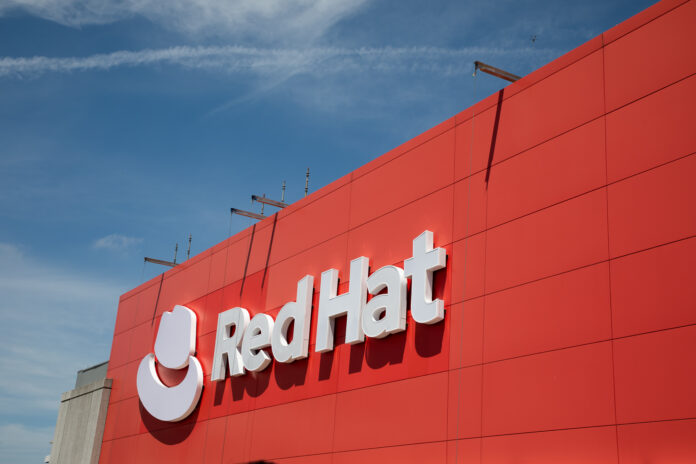Red Hat, AWS will work on scaling solution availability supporting VMs, automation and AI
Red Hat is expanding its existing relationship with Amazon Web Services as it seeks to scale the availability of its solutions in the AWS Marketplace, particularly its offerings focused on virtualization and artificial intelligence.
Two companies have signed a strategic collaboration agreement focused on scaling that availability, with Red Hat specifically calling out its Enterprise Linux AI, OpenShift AI and OpenShift Virtualization solutions. The partners will follow a co-developed go-to-market roadmap, and Red Hat will being expand its Cloud Center of Excellence in conjunction with the deal, to “further demonstrate how these offerings can be used across cloud environments to meet an organization’s business needs,” according to a release.
In conjunction with the partnership, Red Hat announced the general availability of its Red Hat Ansible Automation Platform Service on AWS, as a managed offering in AWS Marketplace. That solution, Red Hat said, will help organizations “manage their hybrid cloud infrastructure by streamlining and operationalizing otherwise complex and potentially error-prone activities.”
Red Hat said that it sees organizations seeking to prioritize AI while also facing rising costs of virtual infrastructure amid “significant migrations for VMs across complex IT landscapes.” So it is aiming to address both of those needs by providing a consistent experience for easier virtual machine migration, scalability and automation in AWS environments, as well as solutions for enabling AI adoption. Red Hat sees both its OpenShift solutions and its Ansible Automation Platform as supporting the large-scale VM migrations that it says organizations are dealing with.
“We’re extending … choice and flexibility to not just ‘where’ an organization runs their applications, but also ‘how,’ from containers to virtual machines, all using the same platform. And, as AI becomes the next critical enterprise IT decision, we’re making optionality a reality in accelerated compute infrastructure, enabling customers to select the hardware accelerators that make the most sense for their unique hybrid cloud AI strategies and workloads,” said Stefanie Chiras,SVP of partner ecosystem success at Red Hat.
Gary Chen, research director of software defined compute at IDC, commented: “Enterprises must begin to think beyond just managing clusters of virtual machines. CIOs and IT leaders must consider how to optimize their virtualized infrastructure as an engine for modernization that supports their artificial intelligence roadmaps, modern applications, and prepare for the next generation of IT. Organizations are looking for a strategic bridge between traditional VMs and modern, cloud-native applications, paving the way for future innovation while maintaining operational continuity.”
The collaboration with AWS also includes Red Hat boosting the availability of its AI-related solutions in AWS Marketplace, to include private offers and “bring your own subscription” arrangements as well as supporting compute and software from NVIDIA—though Red Hat noted that it also has offerings for AI accelerators and GPUs from companies like AMD and Intel. “This will help provide organizations with ready-made AI capabilities that can then more easily be scaled using Red Hat OpenShift AI on AWS, either self-managed or through the services’ built-in capabilities,” the company added.
“AWS and Red Hat share a common vision: empowering organizations to make strategic decisions today that will fuel innovation tomorrow. Our collaboration is focused on supporting customers throughout their cloud journeys, addressing both immediate infrastructure needs and future-facing technologies like AI,” said Chris Grusz, managing director of technology partnerships at AWS. “By combining Red Hat’s open source solutions with AWS’s unparalleled scale and support, we’re creating a powerful combination that streamlines application modernization, facilitates seamless cloud migrations, and accelerates AI adoption. This synergy enables organizations to navigate the complexities of digital transformation more efficiently, ensuring they remain agile and competitive in an increasingly technology-driven landscape.”
Meanwhile, Forrester Research has named Red Hat’s Ansible Automation Platform the leader in Infrastructure Automation Platforms for the fourth quarter of 2024.

